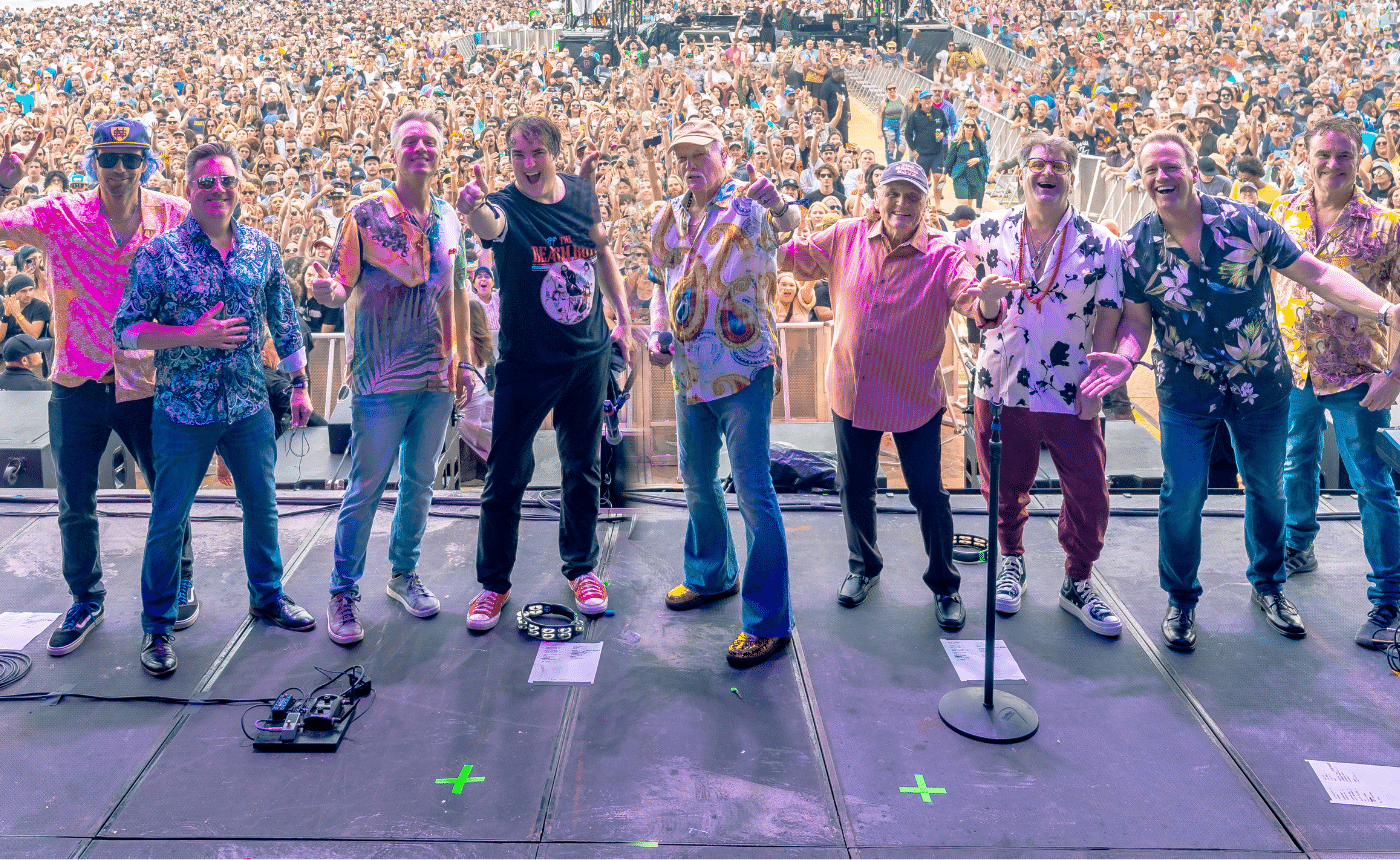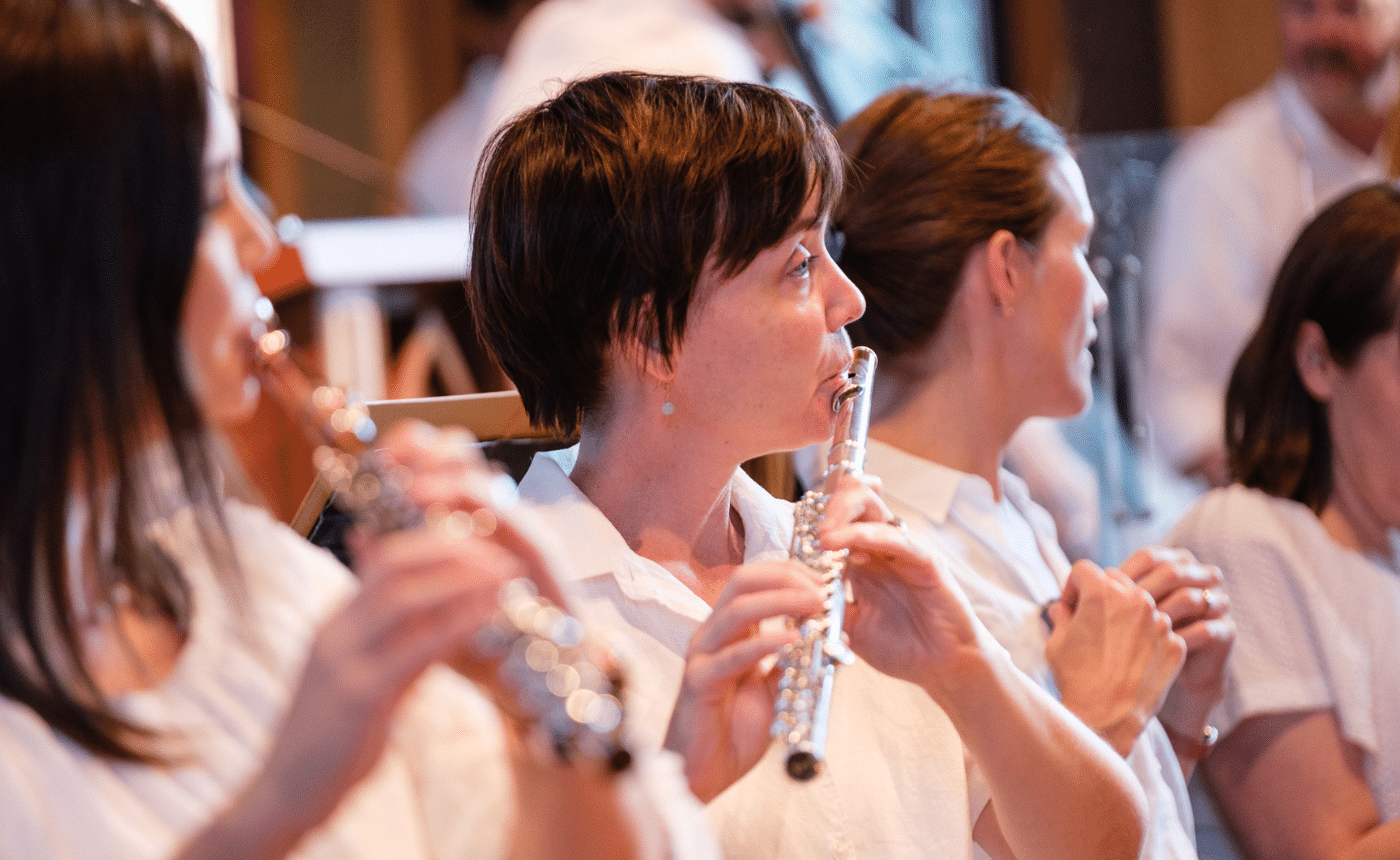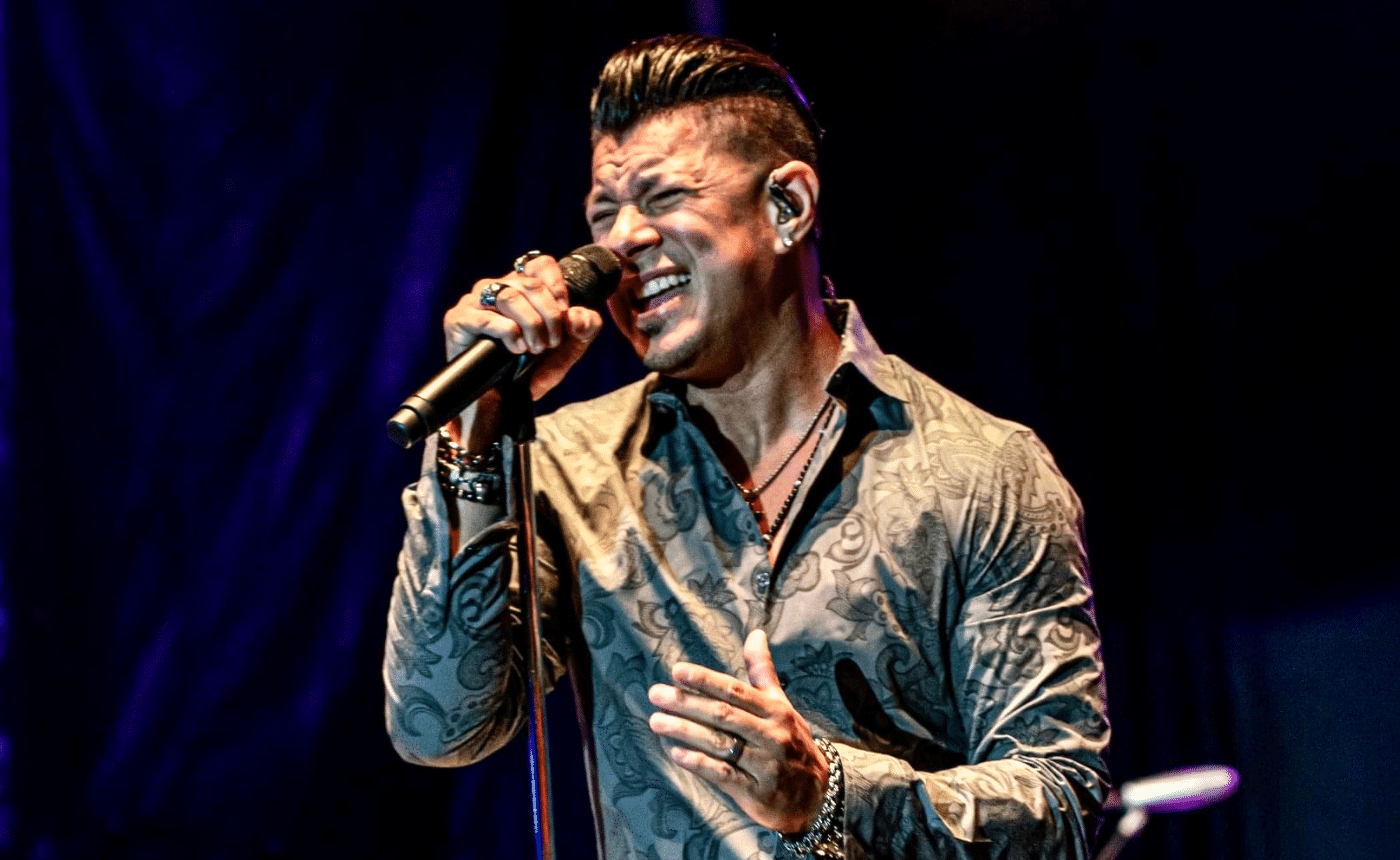Gottschalk – Grand Tarantelle
Louis Moreau Gottschalk (1829 — 1869): Grand Tarantelle
Instrumentation: 2 flutes, 2 oboes, 2 clarinets, 2 bassoons; 2 horns, 2 trumpets,; timpani, bass drum, crash cymbals, snare drum, tambourine, triangle, harpsichord; strings
Performance time: 8 minutes
Background
For a while, the strange case of Louis Moreau Gottschalk centered on his ethnicity: Was he the first African American to achieve international prominence as a classical musician? We know that his father was German, and that he was raised in a household that included his Grandmother Buslé and his nurse Sally, who were born in what was then Sainte-Domingue. At his début as a musical prodigy at age 11, the concert program described him as “a young Creole.” While that information does not exactly clear up the mystery, what we do know about Gottschalk and his music is much more important: He grew up in the musical hothouse of New Orleans surrounded by musical influences from the West Indies and Africa. He was always fascinated by these musical sources, and in his own compositions he quoted them frequently and appreciatively acknowledged them.
What to Listen For
Gottschalk’s numerous, spectacular piano compositions are a special pleasure for pianists, who often get together in groups to perform them en masse, imbuing them with a sense of showmanship and spectacle that Gottschalk cultivated in his own concerts. But these pieces hardly need any extra dramatic flair; they are rich in energy and sheer excitement. Despite their brevity, they show the evidence of Gottschalk’s classical education as well as his gift for melody, color and exciting use of the piano’s instrumental possibilities. The Grand Tarantelle is typical. This tarantella really is a tarantella, with its beguiling melody that whirls with unstoppable energy and a rapid triple rhythm that puts an American spin on the traditional Italian quick-step dance. It is enjoyed in numerous arrangements, including the original piano solo, a version for piano and violin, and with roomfuls of pianists in unison. The version choreographed by George Balanchine, celebrated as a vehicle for the dancer Edward Villella, was arranged for orchestra by Hershy Kay and ends with one of the most famous kisses in ballet.












